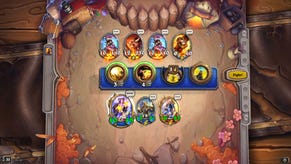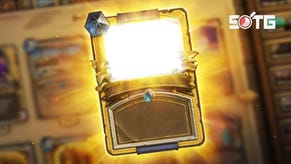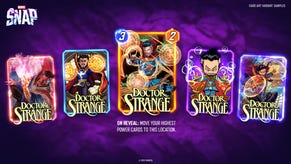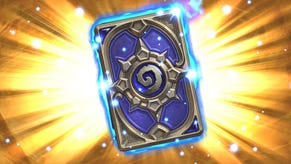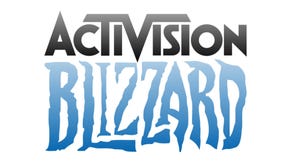Hearthstone - tips, tricks, weapons guide, minion trades, board control, spells
From efficient minion trading to using weapons the right way, we've got six essential tips that will dramatically improve your gameplay.
There's an astonishing amount of information out there for those just starting out with Hearthstone. We've picked out six key areas that we think will give you the biggest - and fastest - boost to your ability to out-think your opponent.
Every rule in this section of the guide has its exceptions, but breaking them should be just that - an exceptional occasion. Only experience will tell you when those moments have arrived, but if you practice making these six basic principles second nature, we think you'll notice a big improvement in a very short amount of time.
1. Minion trades
As a very general rule, it is always better to have two minions on the board, rather than one exceptionally strong one. Hard removal spells like Polymorph and Hex can only affect a single target, after all, and the more threats you have on the board, the more bothersome life is for your opponent over the course of the game.
Let's say you have two minions on the board and your opponent has one. If one of your own creatures would die by finishing off its counterpart, it's better to use the stronger, likely more valuable minion to do the job instead. It sounds counter-intuitive to knock health off of your mightier minion, but the end result is that you still have two minions in play, and your opponent has none. You've traded well, you're ready for the next round, and your opponent is on the back foot.
There are some important exceptions to this advice, however. If using your stronger minion would reduce its health so badly that it would die to a cheap Hero Power or area-of-effect spell on the next turn, it obviously pays to keep its health high, and sacrifice the little guy instead.
It's also important to think about the value of your cards, and the benefit you derive from them. A Polymorph spell can remove the mighty Ragnaros just as easily as a comparatively lowly - but still annoying - Sen'jin Shieldmasta.
Using your minions efficiently, and constantly questioning the value you're deriving from each play is a cornerstone of working Hearthstone's strategy effectively. Is there a cheaper way to get the job done? Can the job be done more efficiently on the next turn, even if it means taking some damage now? The more you practice mastering efficient play, the sooner you'll notice a quantum leap in your match success rate.
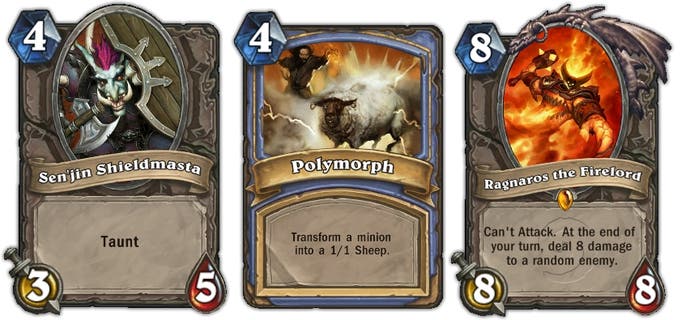
2. Efficient use of spells
On the basis that a damage-dealing spell can only do its damage once, whereas a minion can - potentially - hit an enemy multiple times, it's almost always better to use your offensive spells to hit a minion, rather than the Hero opposite you. Not only does this upset your opponent's strategy, it puts the tempo of the game in your favour, and lets your minions carry on doing their thing a little longer.
There will be times when it's better to hit the Hero directly, but only when the spell will get you over the finishing line, or if it has a bonus effect such as freezing. Opponents can't use their weapons if they're frozen, and this might just buy you enough time to field a bothersome minion.
3. Board control
Sometimes you just need to let the other guy hit your Hero in the face. The first temptation when starting out in Hearthstone is to do whatever it takes to remove a minion, even if that means throwing away a ton of cards to solve the problem. The second is to feel you must have something, anything out on the board at all times.
While there'll certainly be times when you have to act just to stay in the game, it's OK to take a little Hero damage during the early game, if it means you build up enough card synergy to present a more credible threat in the next turn. Always try to think a turn or two ahead, look at what's in your hand, and think about how much mana you'll have and what cards you'll want to play next. If you're confident a minion will stay alive when you play it, do so - but there's no point giving your opponent a free trade just because you've got mana to spare.
4. Buffing minions
Unless you have a pressing need to utilise all of your mana on the next turn, you should always hold back on buffing minions until after the turn you've played them on. To do otherwise is to reveal more of your strategy than you need to, and practically beg your opponent to do whatever it takes to eliminate your improved minion.
You might think that this is a pretty neat way of baiting out a spell like Polymorph or Hex, but by doing so you've spent two of your cards (the minion and the buff) to draw out just one of your opponent's. Only in the rarest scenarios would this make sense, but it's an option if you have no others and the outcome of a match depends on it.
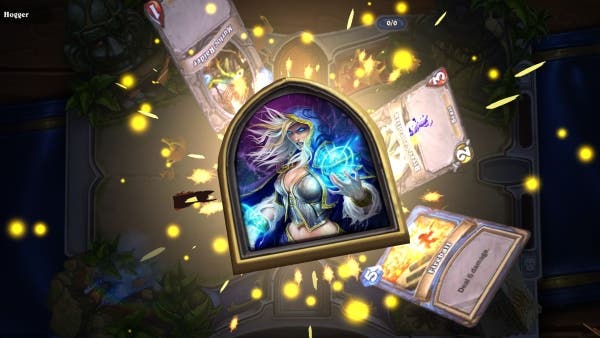
5. Using weapons
If you're a Warrior, Shaman, Rogue, Hunter or Paladin, you'll be able to make use of your class's weapons. You can typically expect to get two uses out of the weapon you're packing, with the option to buff them up in power and durability if you've put the appropriate card in your deck.
As a general rule, you should use your weapon to take out your opponent's minions, unless going for the Hero's face will ensure you finish off the game. You only have to spend one card to equip your weapon, but you'll likely get to deliver two whacks to your opponent's minions. Most of the time this will mean taking damage yourself, but it's better in the long run to clear your opponent's side of the board while developing your own.
Watch out for the Acidic Swamp Ooze, however. It's a popular neutral card that's capable of destroying the weapon you're wielding. Savvy players will hold onto this low-cost minion until they see you arm yourself to the teeth.
6. Play every class
While it's true that certain classes rise and fade in popularity and competitiveness as individual cards are balanced, any class can be a deadly proposition in the right hands. You need to have at least a basic understanding of what makes each class unique, as this will help you make better plays with your preferred class. It takes a little practice with the Rogue, for example, to understand how those deadly combos stack up, and where their weaknesses lie.
While it's certainly a good idea to play all of the classes up to level 10 so that you unlock all of the basic cards, we recommend jumping into competitive multiplayer and taking each class to 20 as a minimum. The time it takes to get there isn't a huge investment, and the benefits you'll reap for doing so are massive in the long run. The better you know your enemy, the better you'll be at exposing their weak points.
You can find the rest of our round-up of the best basic Hearthstone decks from the index page of this article.
To stay on top of all the latest Hearthstone developments, take a look through our dedicated Hearthstone site MetaBomb.





